Towering dinosaur with radioactive skull identified in Utah
The 155-million-year-old specimen was headless until a radiation detector located the skeleton's skull.
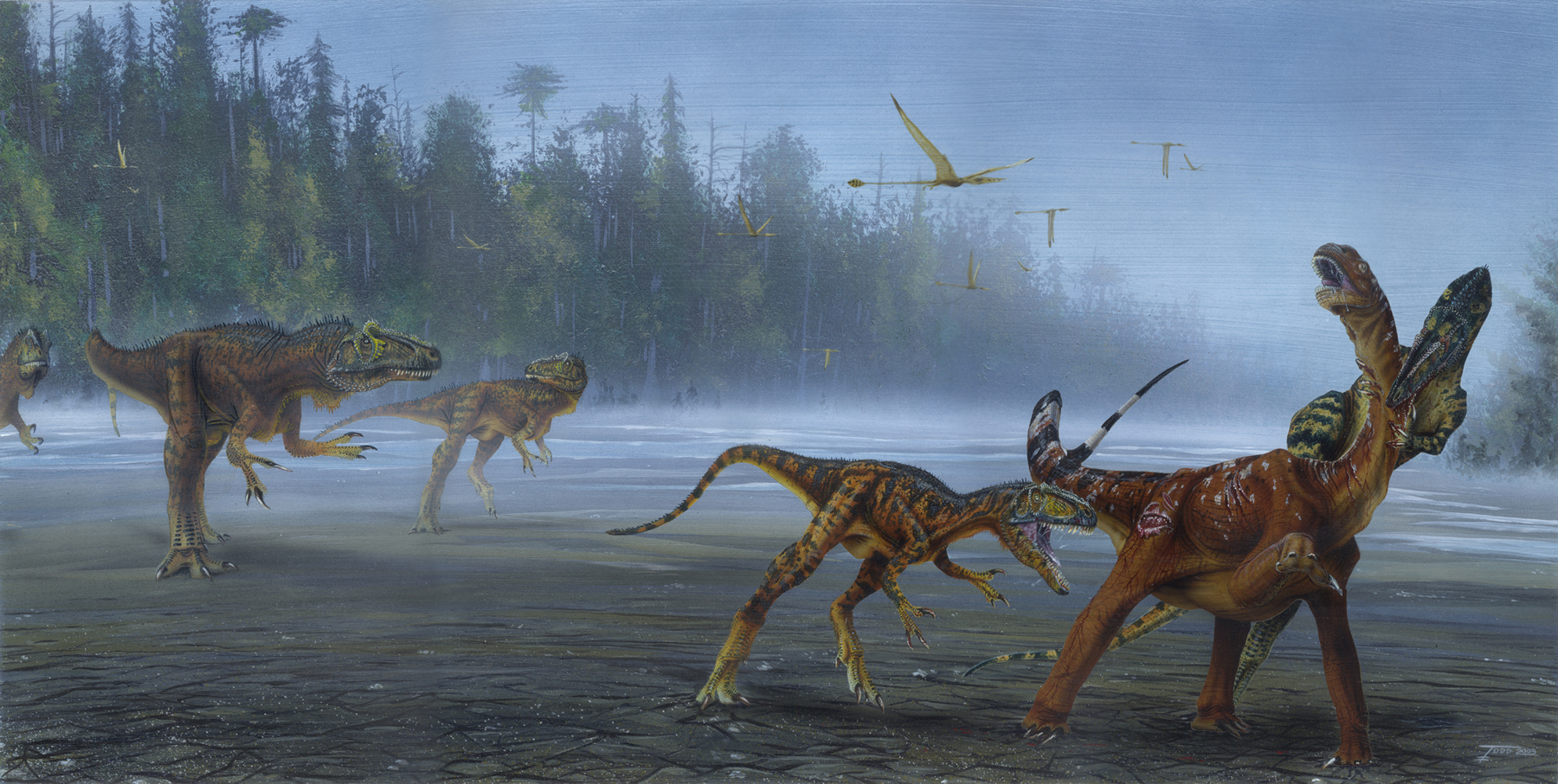
Paleontologists have discovered the skeleton and radioactive skull of a previously unknown species of Allosaurus. The fearsome two-legged dinosaur sported 80 sharp teeth and horns over its eyes when it lived about 155 million years ago in what is now Utah.
But researchers didn't know any of these details at first; originally, they found only the dinosaur's skeleton but not the head. Even so, the block of rock that encased the skeleton was so massive — it weighed 6,000 lbs. (2,700 kilograms) — that paleontologists had to use explosives to remove the fossils and a helicopter to transport it.
It wasn't until six years later, in 1996, that the headless body and its skull were reunited.
Related: Photos: Newfound Tyrannosaur Had Nearly 3-Inch-Long Teeth
That happy reunion was made possible by Ramal Jones, a retired University of Utah radiologist. Armed with a radiation detector, he located the radioactive skull not far from its body. It's not uncommon for dinosaur bones to be radioactive, as radioactive elements can leach into the bones over time from the surrounding sediment. Later, teams from Dinosaur National Monument excavated the dinosaur's head, which helped researchers identify the remains as a newfound dinosaur species.
Scientists named the beast Allosaurus jimmadseni, after paleontologist James Madsen Jr. (1932-2009), recognizing him for his "herculean efforts of protecting, excavating, preparing and curating of many thousands of Allosaurus bones," the researchers wrote in the study.
During the late Jurassic period, A. jimmadseni lived on the semiarid flood plains of western North America. This dinosaur is the oldest species of Allosaurus, outdating Utah's better-known Allosaurus fragilis, which helped make the Allosaurus the state's official fossil.
Sign up for the Live Science daily newsletter now
Get the world’s most fascinating discoveries delivered straight to your inbox.
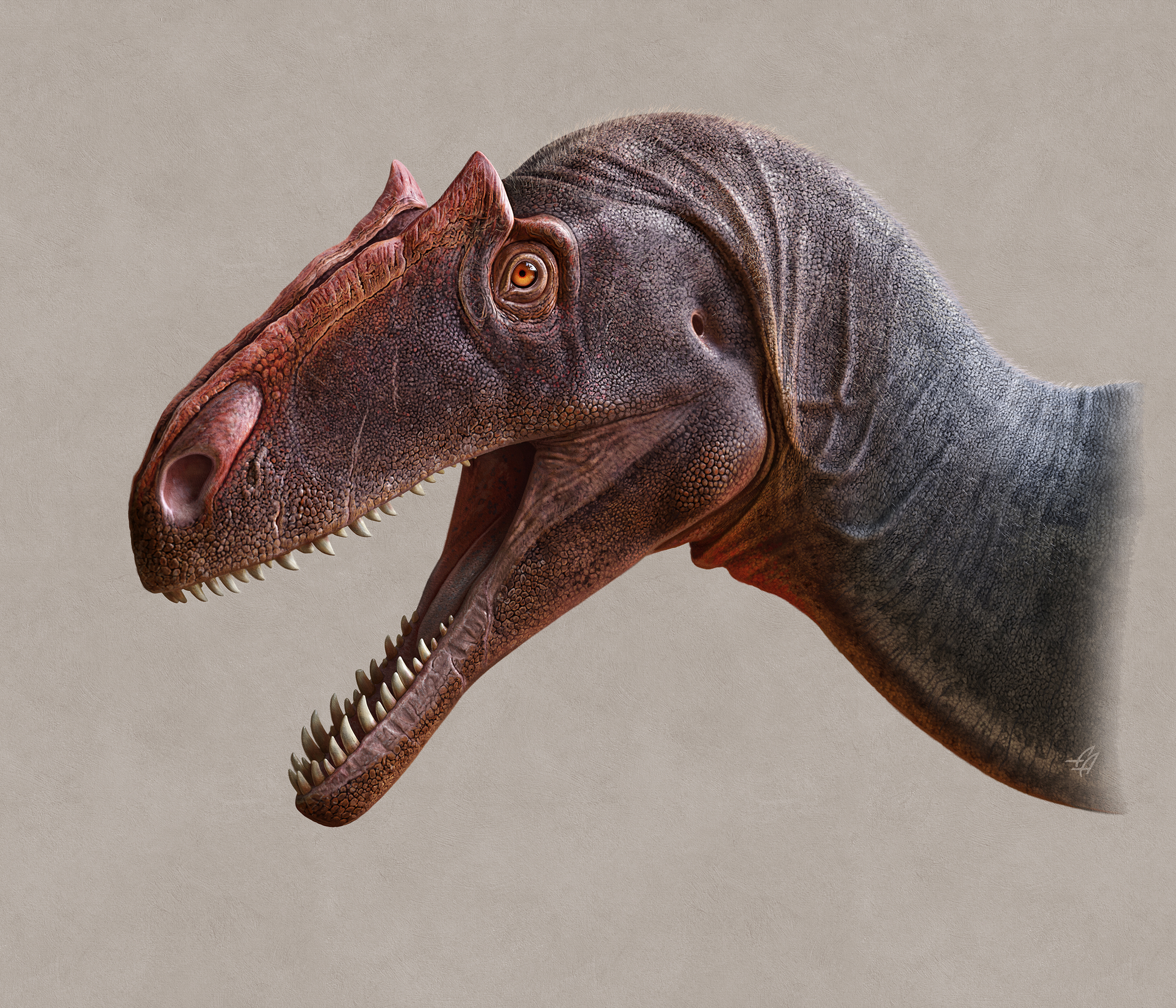
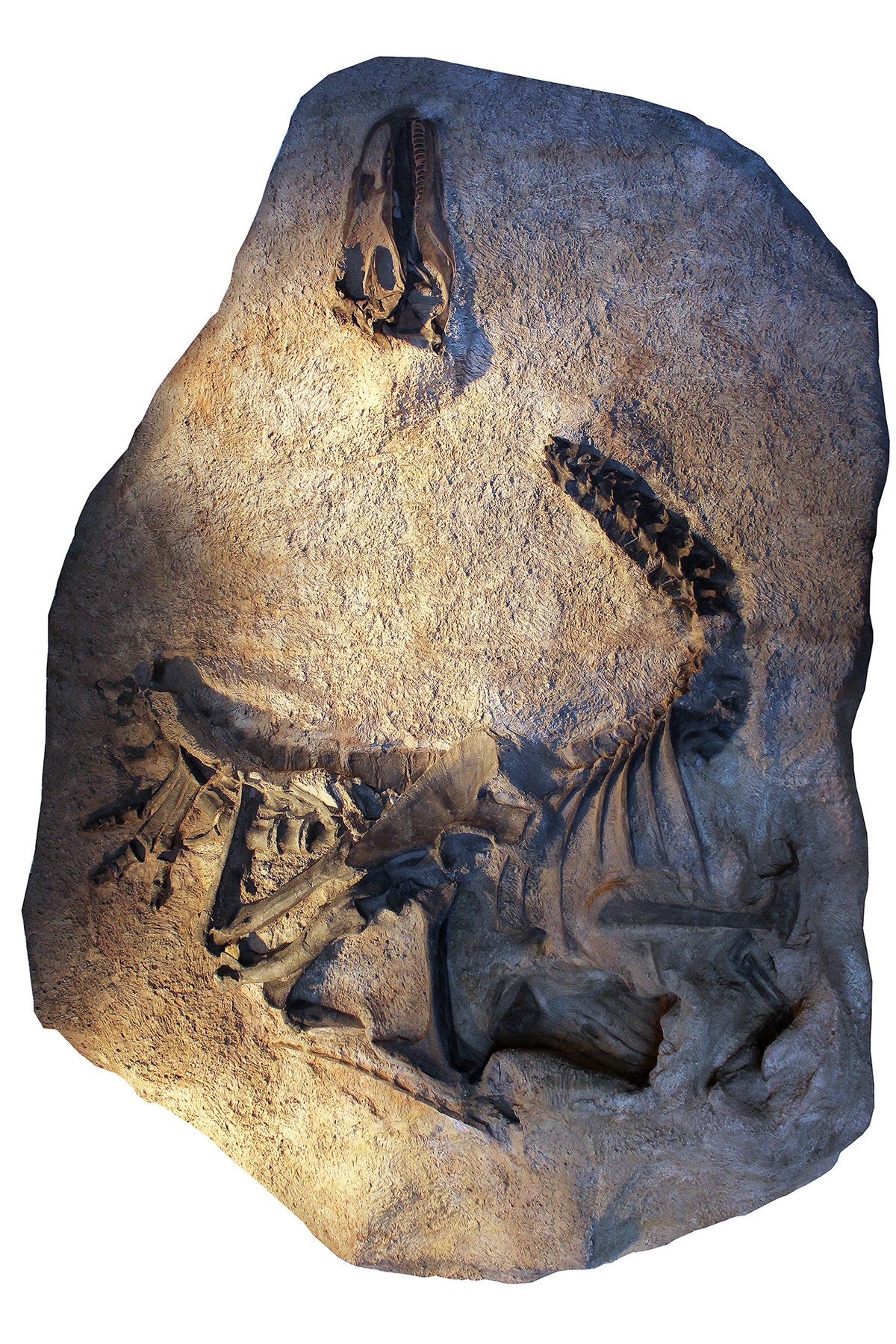
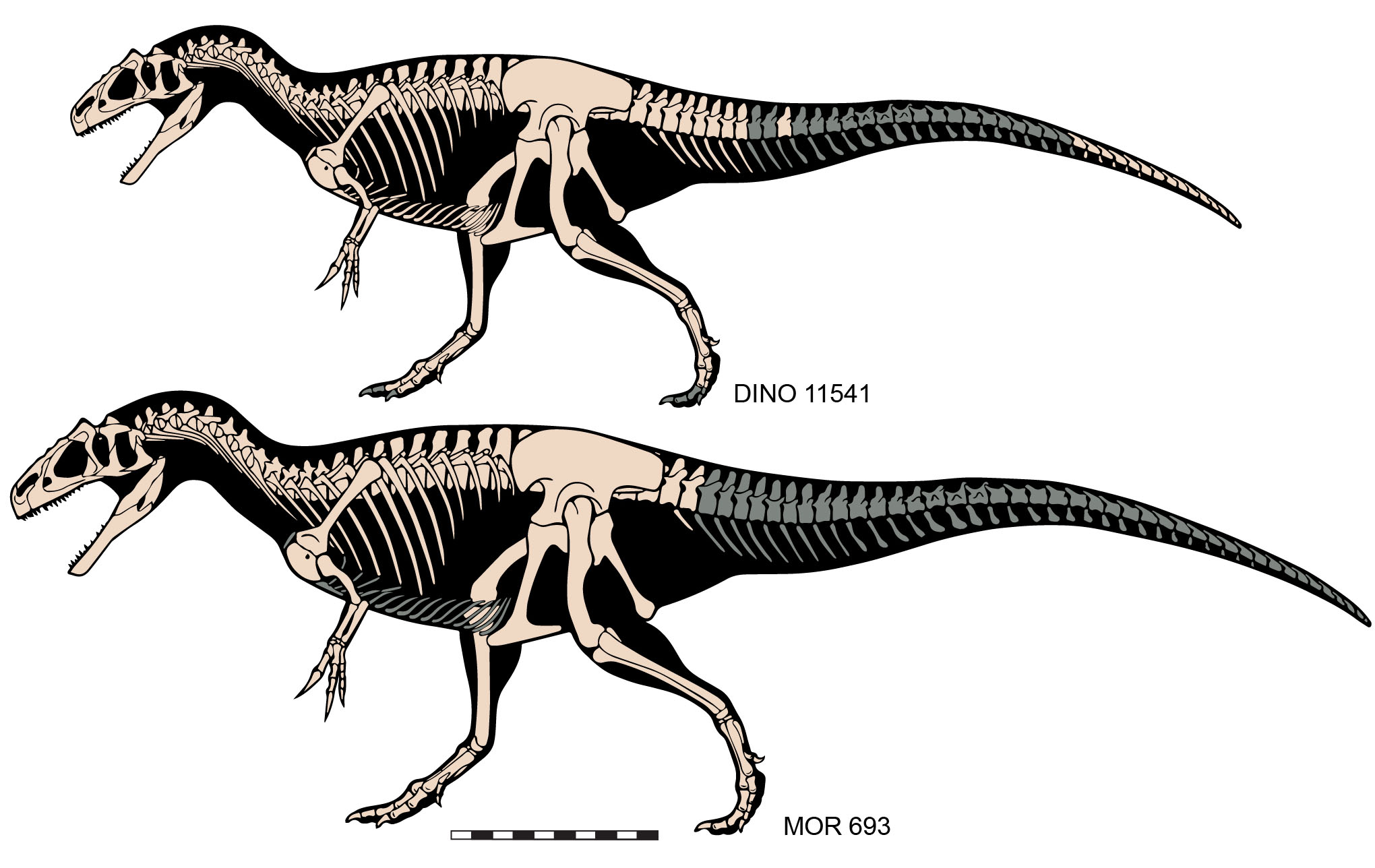
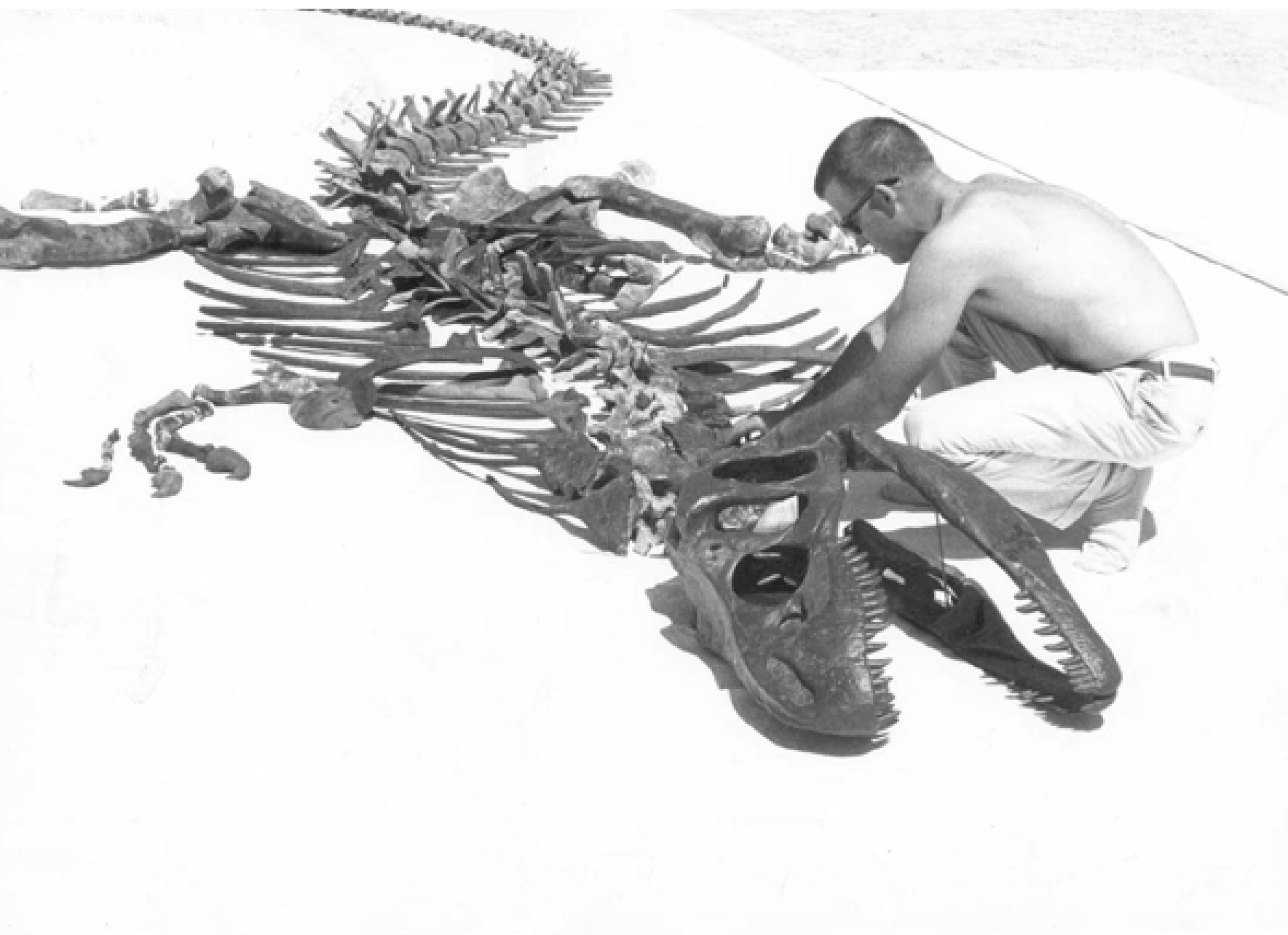
"Previously, paleontologists thought there was only one species of Allosaurus in Jurassic North America, but this study shows there were two species — the newly described Allosaurus jimmadseni evolved at least 5 million years earlier than its younger cousin, Allosaurus fragilis," study co-lead researcher Mark Loewen said in a statement. Loewen is a research associate at the Natural History Museum of Utah and an associate professor in the Department of Geology and Geophysics at the University of Utah.
This dinosaur was a big carnivore, measuring up to 29 feet (9 meters) long and weighing about 4,000 lbs. (1.8 metric tons). It had a narrow skull, horns in front of its eyes and a crest that ran from those horns to its nose. Each of the dinosaur's long arms ended with three sharp claws.
"The skull of Allosaurus jimmadseni is more lightly built than its later relative Allosaurus fragilis, suggesting a different feeding behavior between the two," Loewen noted.
Loewen and co-researcher Daniel Chure, a retired paleontologist at Dinosaur National Monument, detailed the study online Friday (Jan. 24) in the journal PeerJ.
- Photos: The First Dino Fossil Found in Washington
- Dinosaur Guts: Photos of a Paleo-Predator
- Photos: Newfound Dinosaur Had Tiny Arms, Just Like T. Rex
Originally published on Live Science.


Laura is the archaeology and Life's Little Mysteries editor at Live Science. She also reports on general science, including paleontology. Her work has appeared in The New York Times, Scholastic, Popular Science and Spectrum, a site on autism research. She has won multiple awards from the Society of Professional Journalists and the Washington Newspaper Publishers Association for her reporting at a weekly newspaper near Seattle. Laura holds a bachelor's degree in English literature and psychology from Washington University in St. Louis and a master's degree in science writing from NYU.










